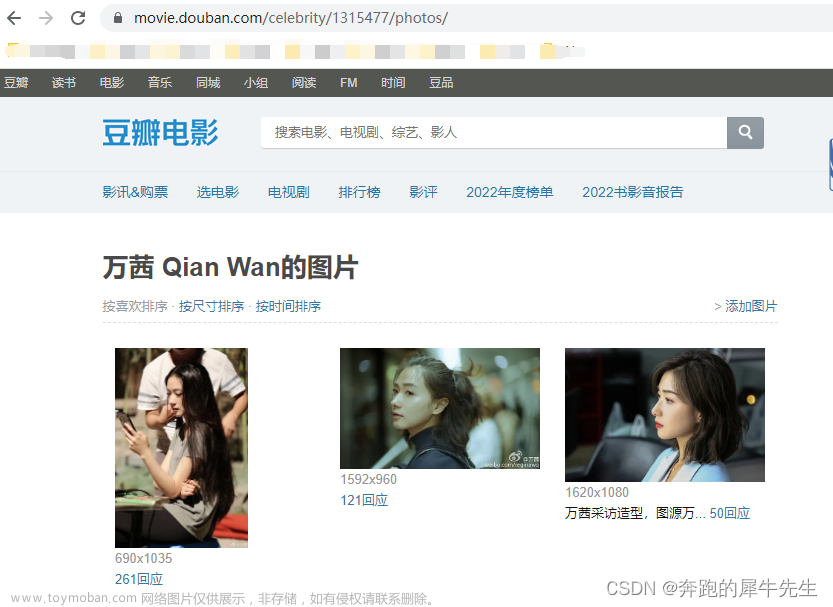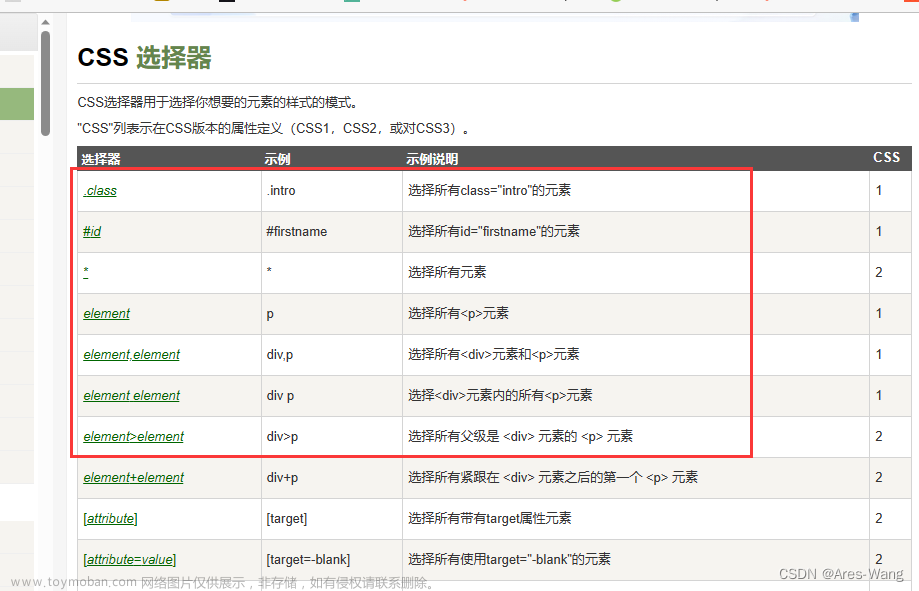前言
| 技能树-网络爬虫-BeautifulSoup |
|---|
| Python入门技能树 |
大家好,我是空空star,本篇给大家分享一下
《技能树-网络爬虫-BeautifulSoup》。
一、获取所有p标签
获取所有p标签里的文本
# -*- coding: UTF-8 -*-
from bs4 import BeautifulSoup
def fetch_p(html):
# TODO(You): 请在此实现代码
return results
if __name__ == '__main__':
html = '''
<html>
<head>
<title>这是一个简单的测试页面</title>
</head>
<body>
<p class="item-0">body 元素的内容会显示在浏览器中。</p>
<p class="item-1">title 元素的内容会显示在浏览器的标题栏中。</p>
</body>
</html>
'''
p_text = fetch_p(html)
print(p_text)
请选出下列能正确实现这一功能的选项。
A.
def fetch_p(html):
soup = BeautifulSoup(html, ‘lxml’)
p_list = soup.xpath(“p”)
results = [p.text for p in p_list]
return results
B.
def fetch_p(html):
soup = BeautifulSoup(html, ‘lxml’)
p_list = soup.find_all(“p”)
results = [p.text for p in p_list]
return results
C.
def fetch_p(html):
soup = BeautifulSoup(html, ‘lxml’)
results = soup.find_all(“p”)
return results
D.
def fetch_p(html):
soup = BeautifulSoup(html, ‘lxml’)
p_list = soup.findAll(“p”)
results = [p.text for p in p_list]
return results
分析:
A是错的,没有xpath方法;
B是对的,['body 元素的内容会显示在浏览器中。', 'title 元素的内容会显示在浏览器的标题栏中。']
C是错的,获取到的不仅有文本,还有标签[<p class="item-0">body 元素的内容会显示在浏览器中。</p>, <p class="item-1">title 元素的内容会显示在浏览器的标题栏中。</p>]
D也是对的,在BeautifulSoup中,find_all()和findAll()是等价的方法,都用于查找文档中符合条件的所有tag。它们的参数都可以传入tag名称、属性名或属性值等。
之所以有这两个方法的不同写法,是因为BeautifulSoup早期的版本使用的是findAll()方法,而后续版本为了与Python的命名规范保持一致,增加了find_all()方法,但实际上它们的功能和用法是完全相同的。
二、获取所有text
获取网页的text
# -*- coding: UTF-8 -*-
from bs4 import BeautifulSoup
def fetch_text(html):
# TODO(You): 请在此实现代码
return result
if __name__ == '__main__':
html = '''
<html>
<head>
<title>这是一个简单的测试页面</title>
</head>
<body>
<p class="item-0">body 元素的内容会显示在浏览器中。</p>
<p class="item-1">title 元素的内容会显示在浏览器的标题栏中。</p>
</body>
</html>
'''
text = fetch_text(html)
print(text)
请选出下列能正确实现这一功能的选项。
A.
def fetch_text(html):
soup = BeautifulSoup(html, 'lxml')
result = soup.find_all('text')
return result
B.
def fetch_text(html):
soup = BeautifulSoup(html, 'lxml')
result = soup.text
return result
C.
def fetch_text(html):
soup = BeautifulSoup(html, 'lxml')
result = soup.find_text()
return result
D.
def fetch_text(html):
soup = BeautifulSoup(html, 'lxml')
result = soup.text()
return result
分析:
A是错的,find_all是根据tag查,该题目是要求获得文本,而不是获得tag为text的;
B是对的,
这是一个简单的测试页面
body 元素的内容会显示在浏览器中。
title 元素的内容会显示在浏览器的标题栏中。
Process finished with exit code 0
C是错的,没有find_text();
D是错的,没有text()
三、获取所有图片地址
查找网页里所有图片地址
from bs4 import BeautifulSoup
def fetch_imgs(html):
# TODO(You): 请在此实现代码
return imgs
def test():
imgs = fetch_imgs(
'<p><img src="http://example.com"/><img src="http://example.com"/></p>')
print(imgs)
if __name__ == '__main__':
test()
请选出下列能正确实现这一功能的选项。
A.
def fetch_imgs(html):
soup = BeautifulSoup('html.parser', html)
imgs = [tag['src'] for tag in soup.find_all('img')]
return imgs
B.
def fetch_imgs(html):
soup = BeautifulSoup(html, 'html.parser')
imgs = [tag['src'] for tag in soup.find_all('img')]
return imgs
C.
def fetch_imgs(html):
soup = BeautifulSoup(html, 'html.parser')
imgs = [tag for tag in soup.find_all('img')]
return imgs
D.文章来源:https://www.toymoban.com/news/detail-556672.html
def fetch_imgs(html):
soup = BeautifulSoup(html, 'html.parser')
imgs = soup.find_all('img')
return imgs
分析:
A是错的,BeautifulSoup中参数写反了;
B是对的,['http://example.com', 'http://example.com']
C是错的,会把img的标签也会带上,[<img src="http://example.com"/>, <img src="http://example.com"/>]
D是错的,会把img的标签也会带上,[<img src="http://example.com"/>, <img src="http://example.com"/>]文章来源地址https://www.toymoban.com/news/detail-556672.html
总结
到了这里,关于技能树-网络爬虫-BeautifulSoup的文章就介绍完了。如果您还想了解更多内容,请在右上角搜索TOY模板网以前的文章或继续浏览下面的相关文章,希望大家以后多多支持TOY模板网!












